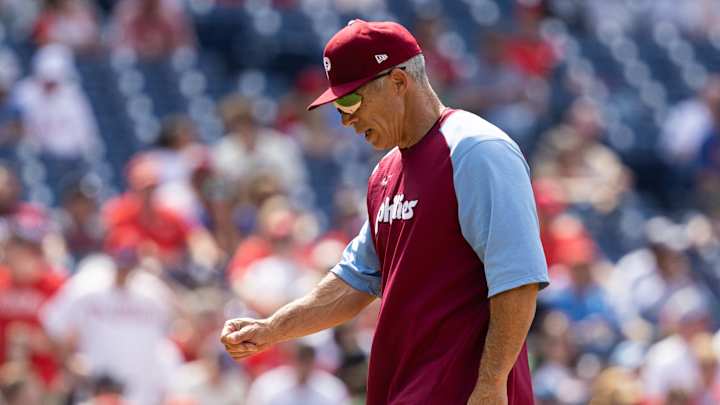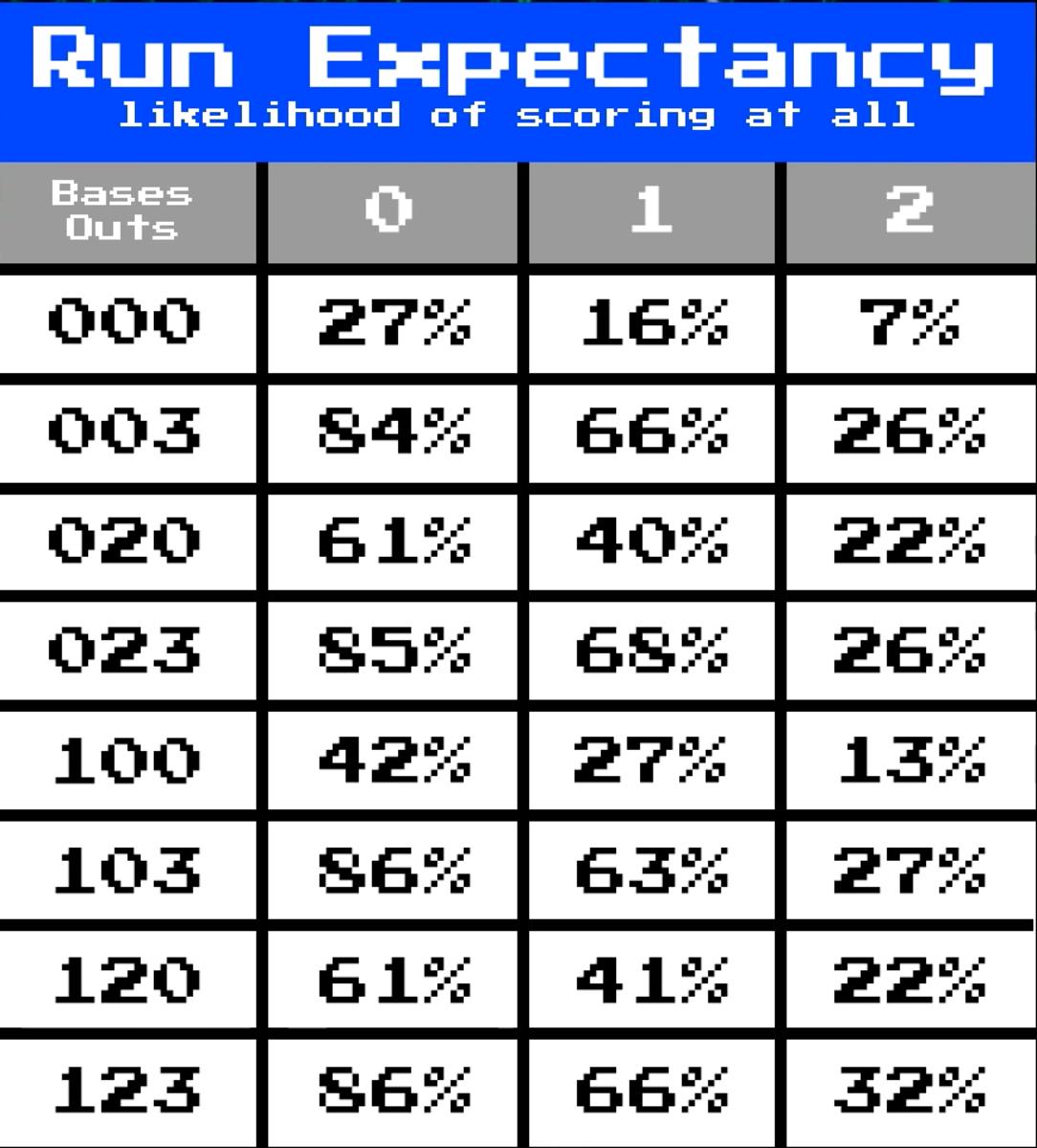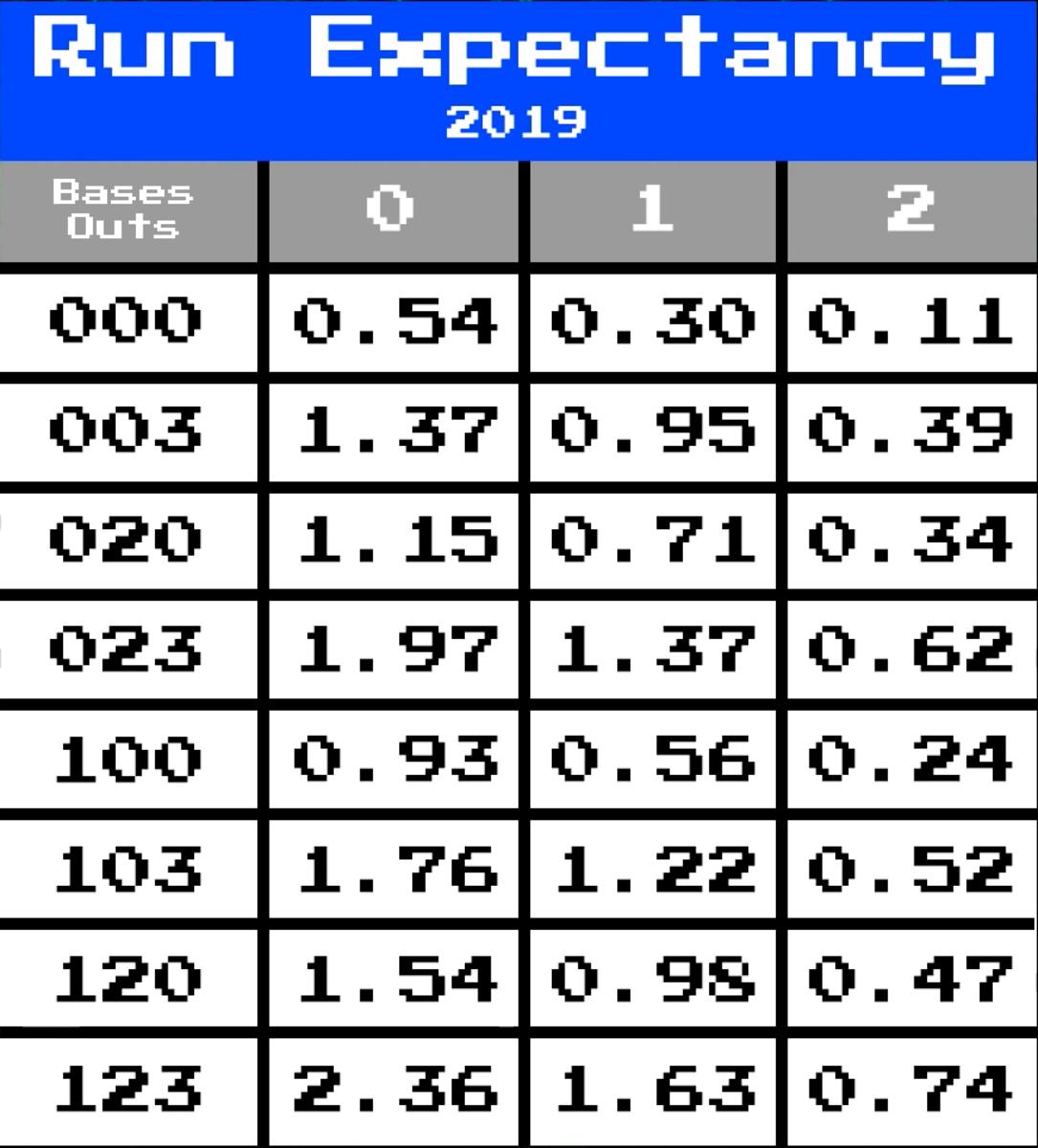Inside the Phillies Mailbag: The Biggest Mistake of the Season

The Philadelphia Phillies find themselves in a dire position. With 10 games remaining and a 1.5 game lead on the Milwaukee Brewers for the third Wild Card spot, a variety of outcomes are still in play.
After the Phillies won three straight games to end a dismal week, they were swept over the weekend by the Atlanta Braves, yet still managed a series split, though it felt far more disappointing.
Philadelphia has 10 games remaining, seven of which come against very weak opponents. Should the Phillies take care of business against the Chicago Cubs and Washington Nationals, their season finale series against the Houston Astros shouldn't be problematic.
Given all that, what are some of your questions?
What’s been the biggest mistake of the entire season
— mitch bernstein (@philsfanatic) September 26, 2022
From a somewhat biased perspective, the biggest mistake the Phillies made in 2022 was bringing Joe Girardi back at all. However, that disaster of a decision may have also lead to their greatest success.
Coming into the season, Girardi was a lame duck manager on the last year of his contract. It was well known he didn't have the full support of the clubhouse, or of the front office.
After a dismal May, the Phillies fired him and promoted Rob Thomson to interim manager. Had the Phillies fired Girardi before spring training, who knows how far up in the standings they would be right now.
The Phillies' post-Girardi win percentage is .604, extrapolated to a 162-game season, that's 98 wins.
However, the Phillies may not be doing as well with a manager other than Thomson. Had Girardi been fired in the offseason, it's unlikely they would have hired his protégé.
It's unlikely the Philadelphia brass would have fired Girardi, then hired Thomson as a full time manager without any experience.
*bunting
— Paul Paz y Miño (@paulpaz) September 26, 2022
This question takes some math to explain, so let's take a look at run expectancy matrices. For our purposes, we're going to use a chart that examines the likelihood of allowing a team to score at all in a given inning.

When Alec Bohm came up to bat in the 10th inning with runners on first and second, the Phillies had a 61% chance of scoring according to the chart. Had Bohm successfully bunted and moved both runners over, the Phillies chances of scoring would have increased to 68%.
That 7% increase only occurs if Bohm can lay down a perfect bunt and sacrifice the runners, something he has never done once in his career. If he strikes out bunting or pops the bunt up—a far more likely outcome—then the Phillies chances of scoring would have decreased to 41%.
It's hard to imagine Thomson telling Bohm to bunt when the best outcome was a 7% increase in the Phillies chance of scoring, and the more likely outcome was a 20% decrease in the Phillies chance of scoring.
That is all said without mentioned Bohm's .291 batting average on the season. Swinging away, the Phillies had a 29.1% chance of ending the game immediately.
Looking at the Ronald Acuña Jr. situation is a little bit different. When he came to the plate, the Braves had a 40% chance of scoring. The chart says had he been intentionally walked, Atlanta would only have a 41% chance of scoring.
Yet this chart only account for the likelihood of scoring one run. The chart below accounts for scoring multiple runs:

This chart tells us that Thomson trusted his pitcher, Andrew Bellatti, and was looking to avoid the big inning. On average, teams score almost a full run in an inning when they have a runner on first and second with one out, but only .71 runs an inning when they have a runner on second alone.
Though it explains Thomson's decision not to walk Acuña Jr., it doesn't mean his decision was a good one.
Dalton Guthrie was added to the 40-man roster on Sept. 4. So by traditional rules, he is not allowed on the postseason roster. However, there is a loophole.
MLB's postseason eligibility rules state, "A player who doesn't meet said criteria for postseason eligibility can still be added to a team's roster in the postseason via petition to the Commissioner's Office if the player was in the organization on Aug. 31 and is replacing someone who is on the injured list and has served the minimum amount of time required for activation."
Dalton Guthrie was in the Phillies system on Aug. 31. That means if the Phillies have a player on the 40-man roster who is on the 10-day IL longer than 10 days, or the 60-day IL longer than 60 days, they can make a petition to replace that player on the postseason roster with Guthrie.
That petition would definitely be accepted, so Guthrie is eligible for the postseason roster through a loophole.
Assuming the Phils make the playoffs who do you see making the bench (we assume the starting lineup is set) and pitching staff (3 man rotation/bullpen) for the playoff roster?
— whebert228 (@BillH_BHPhotos) September 26, 2022
The Phillies roster would consist of six starters: Zack Wheeler, Aaron Nola, Ranger Suárez, Kyle Gibson, Noah Syndergaard, and Bailey Falter. Their bullpen would consist of seven relievers: Zach Eflin, Andrew Bellatti, Seranthony Domínguez, José Alvarado, Nick Nelson, Connor Brogdon, and David Robertson. If Brad Hand is ready to return from the IL before the postseason, he would likely replace Nick Nelson or Kyle Gibson.
The pitchers total 13 roster spots. That means with a nine-man lineup of Kyle Schwarber, Rhys Hoskins, Nick Castellanos, Bryce Harper, J.T. Realmuto, Jean Segura, Brandon Marsh, Alec Bohm, and Bryson Stott, there are four spots for bench players.
Nick Maton would certainly earn a spot as would Garrett Stubbs; they are locks. Darick Hall would likely earn a spot too, bringing left-handed power off the bench and filling a Matt Stairs-like role.
That leaves one spot remaining for Matt Vierling and Guthrie. Both fill the need for a right-handed bat and both can play center field, though neither are entirely comfortable there.
This choice likely comes down to whoever has the best final 10 games. Guthrie is currently slashing .438/.571/.625 in 21 plate appearances since being called up Sept. 4. Vierling is hot too, though, slashing .340/.340/.426 since Sept. 7.
It's likely Vierling has the edge due to his experience level and speed, but with a hot end to the season, Guthrie can not be counted out.
More From SI's Inside The Phillies:
- Phillies Star Bryce Harper Doesn't Hold Back on Thoughts About Joe Girardi
- How Mike Trout Will Join the Phillies
- Could Bryce Harper's Favorite MLB Player Join the Philadelphia Phillies Next Season?
- Why You Should Root for the Philadelphia Phillies to Lose a Few Games
- Phillies Release 2023 Regular Season Schedule
- Have the Philadelphia Phillies Found Their Centerfielder of the Future?
- Could The Phillies Soon Be Playing in Wawa Park?
- How did Philadelphia end up with Citizens Bank Park?
- How the Phillie Phanatic Came to be America's Favorite Sports Mascot
- Picking the Phillies' All-Time Single Season Lineup
Make sure to follow Inside the Phillies on Substack and Twitter!
